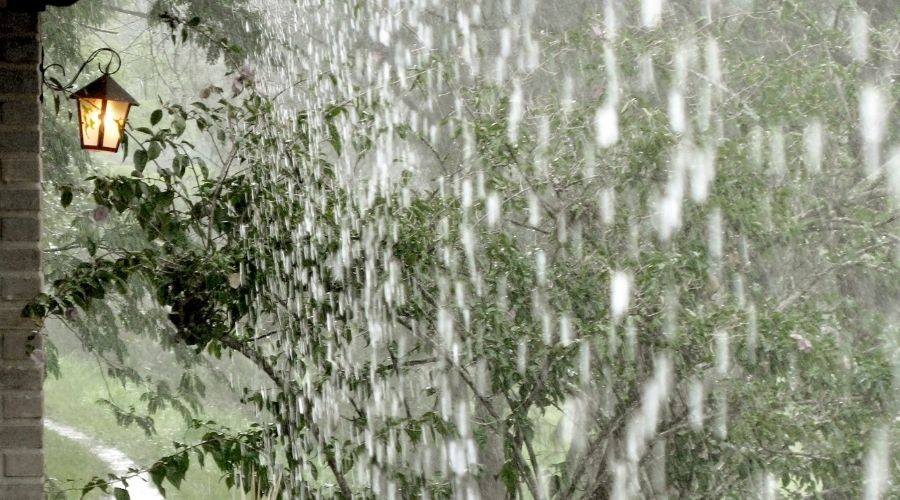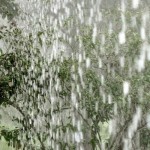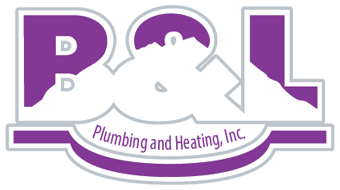The Relationship Between Heavy Rains and Septic Tanks
The sweet smell of rain and the flowers of May are just a few benefits that spring showers bring. But, most people don’t think of the problems those showers bring along with them. The truth is, despite all the greenery and color that April showers feed, the deluge of rain from spring weather can lead to major plumbing headaches for a home’s septic tank. Homeowners should keep an eye out for any sign that spring rain may compromise their septic tank. Not sure what to look for? Keep reading to find out.
Signs of Trouble From Flooded Ground
Most septic systems are buried 2-4 feet below the top of ground soil. When the soil area above the septic tank becomes flooded, the system can no longer clean water. Sewage may back up into the home. Note that water underneath the septic tank isn’t the problem; it’s floodwater sitting on top that causes trouble.
When floodwaters have risen above the normal water table, it’s essential to reduce the water home pumps through the septic tank. Homeowners can take shorter showers, prepare no-cook meals, use paper dishes, and flush water only when necessary to reduce the pressures on the system. A septic system will not be safe to use until the ground has dried out and a professional septic service has flushed the system properly post-flooding.
Identifying a Clogged Drainfield
Septic drain fields will give several signs of clogs or damage when trouble comes up in the system.
- Standing Water & Smells: If stinky puddles are developing around the septic tank area, there’s a high likelihood of a clog somewhere along the line. As water continues to rise and develop, sewage may start backing up in the home.
- Extreme Plant Growth: If the septic field has a garden growing and the rest of the yard looks brown, well, there’s probably excessive water in the drainage field from a clog producing the plantlife.
- Slow Indoor Drains: Slow drains in a home that runs on a septic tank signal drainage issues in the system itself, and a clog may be the cause of the slowness.
- Backflow: Whenever sewage is backflowing into a home, there’s likely a problem with the septic tank. This is indicative of water not getting pumped away from the septic tank properly.
Usually, septic tank clogs are solved with a high-pressure jet of water or pipe replacement as needed.
How To Protect Septic Tanks From the Threats of Spring Rains
There are several steps for homeowners to take to prevent spring rains from damaging their septic system.
- Regular Pumping and Maintenance: Septic tanks should be pumped every three to five years, minimum, and always after any flooding. A plumber should clean effluent screens during the maintenance as well.
- Install a Backflow Preventer: All homes with a septic tank should have a backflow preventer installed. The device will stop sewage from backing up into the home during a flood.
- Have a Minimal Water Plan: Homeowners should create a plan for minimizing water usage whenever they are at risk for flooding. They can write out how the household will reduce water by flushing less, shortening showers, scheduling laundry, cooking less, etc., and keep a stash of clean clothes, paper plates, and bottled water on hand.
- Protect the Drain Field: Homeowners should be mindful of what goes on around the drain field. Sump pumps and gutters should never drain near the drain field. Vehicles should not be parked on the drain field. Additionally, plants and trees should not be grown near enough to the drain field for roots to damage the system.
Knowing the risks of spring rains on a home’s septic system is the first step to protecting it from flooding. A qualified septic maintenance provider can help homeowners create the right plan for protecting their system from any spring flooding.
About B&L Plumbing
For over 20 years, B&L Plumbing has been solving their Colorado Springs, CO community’s plumbing problems quickly and affordably. Their team builds personalized solutions to fit your project, budget, and style. From basic sink installation to a septic tank repair, the experts at B&L Plumbing are ready to help. Give them a call for plumbing service today!

























